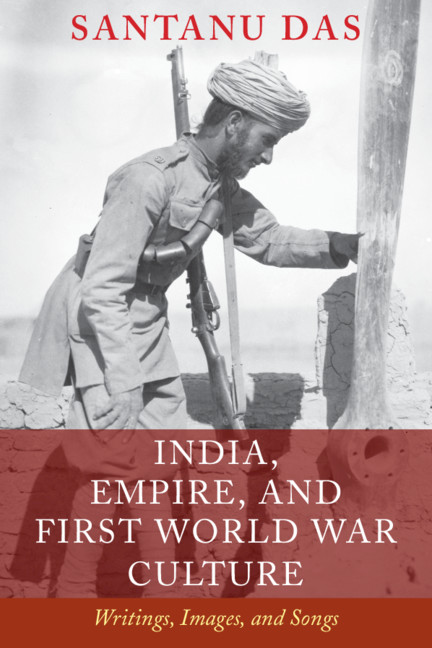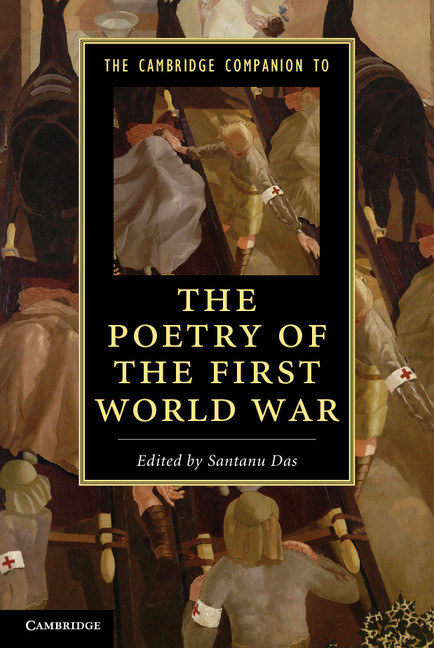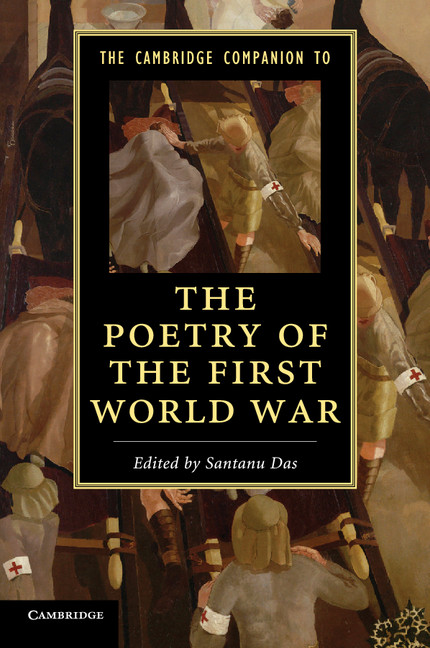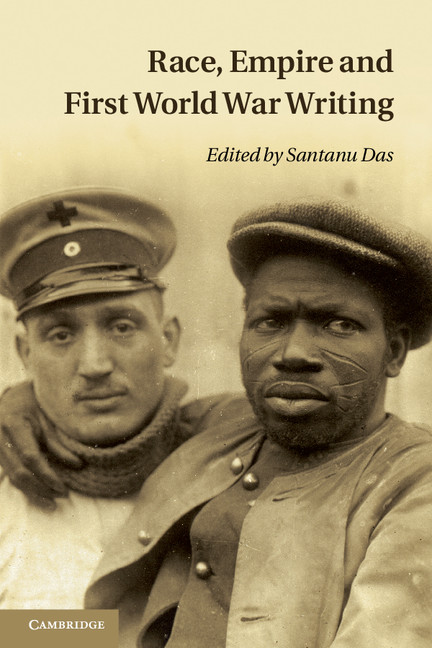Touch and Intimacy in First World War Literature
The First World War ravaged the male body on an unprecedented scale, yet fostered moments of physical intimacy and tenderness among the soldiers in the trenches. Touch, the most elusive and private of the senses, became central to war experience. War writing is haunted by experiences of physical contact: from the muddy realities of the front to the emotional intensity of trench life, to the traumatic obsession with the wounded body in nurses' memoirs. Through extensive archival and historical research, analysing previously unknown letters and diaries alongside literary writings by figures such as Owen and Brittain, Santanu Das recovers the sensuous world of the First World War trenches and hospitals. This original and evocative study alters our understanding of the period as well as of the body at war, and illuminates the perilous intimacy between sense experience, emotion and language as we try to make meaning in times of crisis.
- An original investigation of the importance of touch and physical sensation in First World War writing
- Uses previously unknown letters and memoirs to reveal personal experiences of the trenches
- Combines cultural and historical analyses with new readings of Wilfred Owen and other war poets
Reviews & endorsements
"Das's analysis is subtle and convincing throughout....Photographs and an impressive bibliography enhance the book. Essential." -- Choice
2007 Outstanding Academic Title -- Choice Magazine
Product details
June 2008Paperback
9780521066877
284 pages
229 × 152 × 16 mm
0.42kg
21 b/w illus.
Available
Table of Contents
- Introduction: 'Touch is the spirit and rule of all'
- Part I. Mud:
- 1. 'A real monster that sucked': the threat of mud in First World War literature
- 2. Muddy narratives
- Part II. Intimacies:
- 3. 'Kiss me, Hardy': the dying kiss in the First World War trenches
- 4. Wilfred Owen and the sense of touch
- Part III. Wounds:
- 5. 'Deep into his body': service, sympathy and suffering in the nurses' memoirs
- 6. The operating theatre
- Conclusion
- Bibliography.











